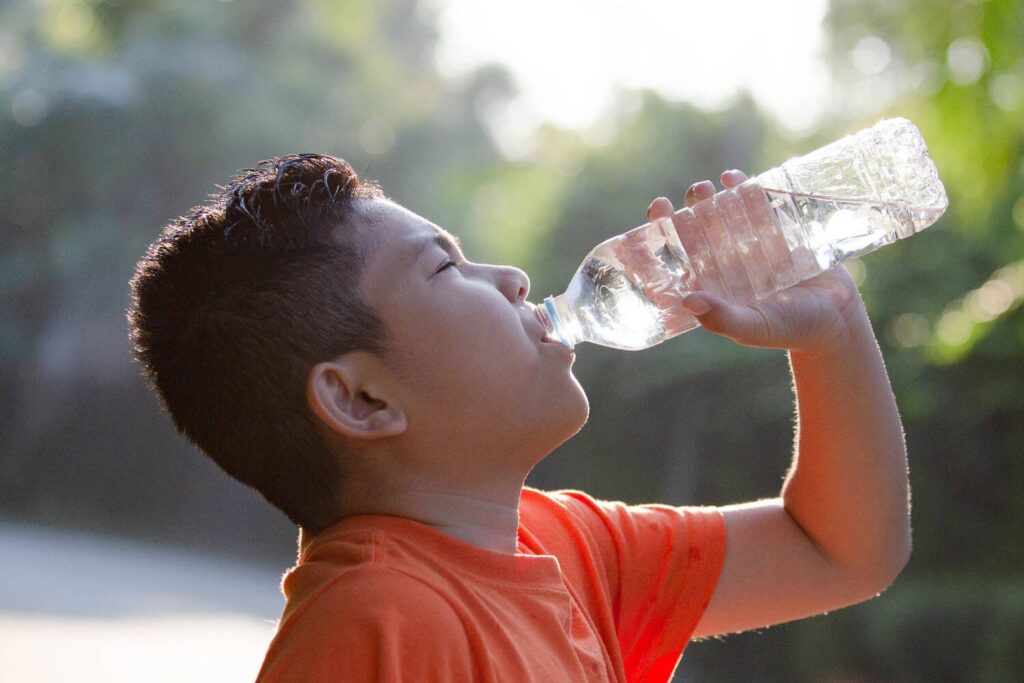28/07/2024
28/07/2024

NEW YORK, July 28: As temperatures soar, ensuring children's safety in extreme heat is crucial. According to the Centers for Disease Control and Prevention (CDC), 90% of the 120,000 heat-related emergency room visits in the U.S. last year occurred between May and September, with an increasing number involving individuals under 18.
Children are particularly vulnerable to high temperatures. Dr. Daniel Ganjian, a pediatrician at Providence Saint John’s Health Center in Santa Monica, Calif., notes that kids struggle to regulate their body temperature effectively. Dr. Tracy Zaslow, a pediatrician and sports medicine specialist at Cedars-Sinai Kerlan-Jobe Institute in Los Angeles, adds that children's bodies generate heat more rapidly and dissipate it less efficiently than adults, making them more susceptible to heat-related illnesses such as dehydration, heat exhaustion, heat cramps, and heat stroke.
The American Academy of Pediatrics (AAP) advises against outdoor activities when the heat index exceeds 90 degrees, as it poses significant health risks. Dr. Zaslow suggests families use the heat index to decide on outdoor activities. In the absence of air conditioning at home, visiting cool indoor places like malls, libraries, or cooling centers can help. Electric fans may provide relief, but they are less effective when temperatures exceed 90 degrees.
The CDC's Heat & Health Tracker offers local heat information and emergency department visit rates for heat illness, providing valuable resources for families.
When venturing outside in high temperatures, follow these pediatrician-recommended precautions:
- Appropriate Clothing: Dress children in loose, lightweight, and light-colored clothing to keep them cool.
- Hydration: Ensure children drink water throughout the day. Adding fruit to water, offering high-water-content foods, and using straws can encourage hydration. Remind children to drink regularly, not just when thirsty.
- Surface Safety: Check surfaces like car seat buckles and playground equipment for heat before allowing children to touch them to avoid burns.
- Cool Showers or Baths: Use cool or lukewarm showers or baths to help children cool down.
- Avoid Peak Heat Hours: Limit outdoor activities to early morning or evening when temperatures are lower. Avoid strenuous activities between 10 a.m. and 4 p.m.
- Playground Caution: Avoid playgrounds during extreme heat, especially those with asphalt surfaces and metal equipment that can become dangerously hot.
- Sunscreen Use: Apply sunscreen to protect skin from burns, which can make it harder for the body to cool down.
- Locked Cars: Always lock car doors when not in use to prevent children from becoming trapped in overheated vehicles.
- Water Activities: Spend time in water to stay cool, whether at the beach or in a pool.
Parents should watch for signs of heat illness in children, including fainting, extreme tiredness, headaches, fever, intense thirst, reduced urination, nausea, vomiting, rapid or deep breathing, skin numbness, and muscle aches. If a child shows signs of overheating, such as pink cheeks, excessive sweating, or increased fussiness, they should be moved to an air-conditioned environment immediately.
While parents cannot change the high temperatures, they can take steps to protect their children from the dangers of extreme heat. By following these expert tips, parents can help their children enjoy the summer safely.


